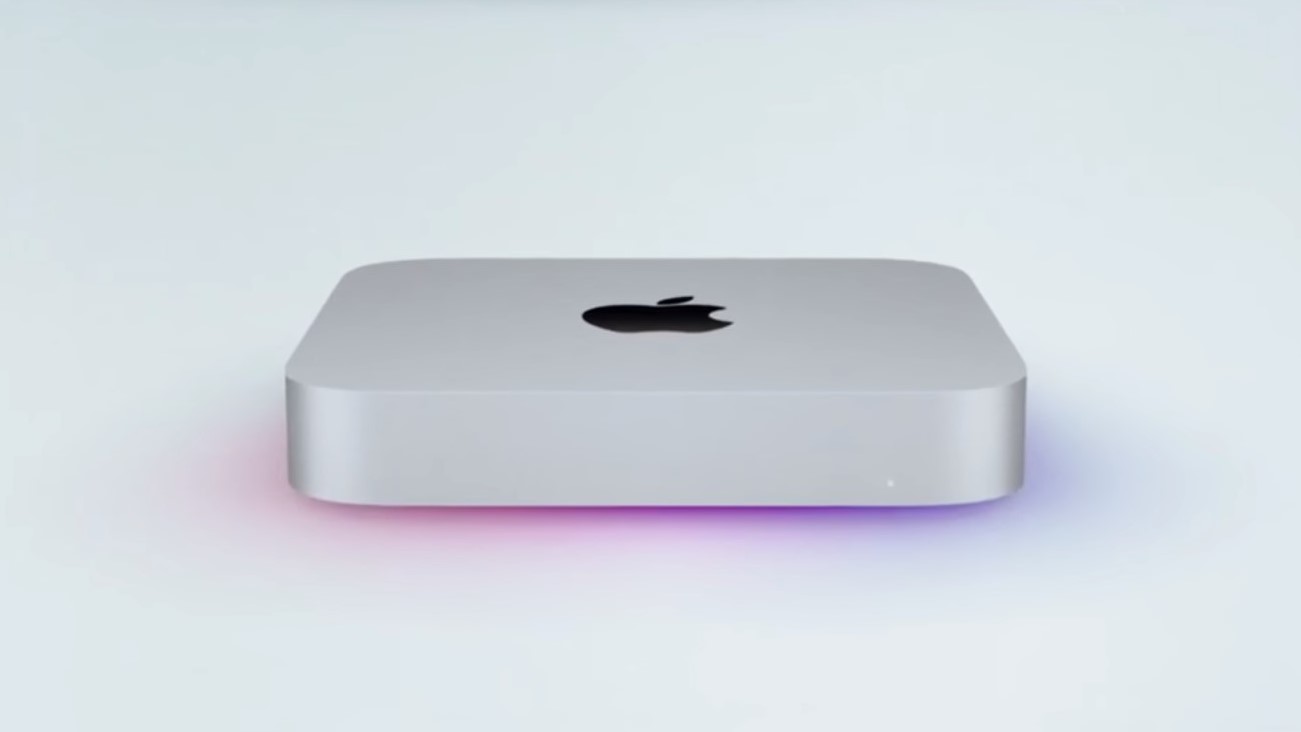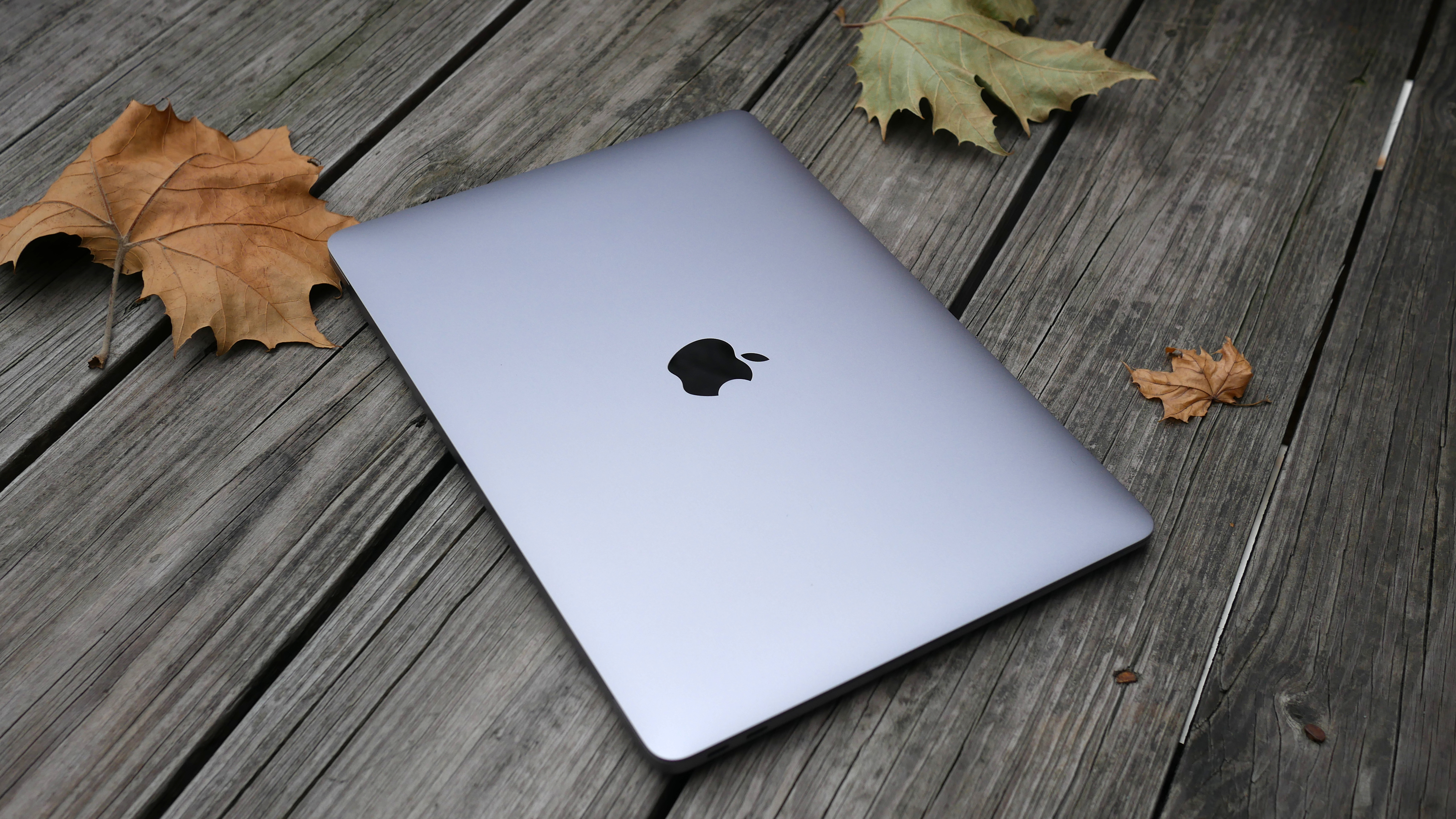Why I picked up the M1 Mac mini over the MacBook Pro
The Mac mini will hold me over until major upgrades arrive

When Apple refreshed its line of entry-level Macs with its own M1 chips, I knew I had, at long last, found the successor to my aging mid-2014 MacBook Pro. My choice should have been fairly obvious: for someone who’s owned a MacBook for years, the new MacBook Air or MacBook Pro seemed like a no-brainer upgrade. Instead, I picked up the M1 Mac mini. Here’s why.
Why the long wait?
I had been meaning to replace my six-year-old MacBook Pro for a while. But being a Mac buyer hasn’t been easy these past few years. Apple’s computing division has spent much of the last half a decade patching what has ailed its notebooks since their 2015 revamp. By the time Apple fixed those fundamental flaws (faulty keyboard and performance hiccups among others), rumors of the new M1 processor began to spurt up. I had no option other than to wait.
While Apple was getting its Mac strategy back in order, I needed a backup workstation to survive my workloads. I found one in a high-end Chromebook since most of my work lives inside a web browser. For the times I needed to turn to a traditional desktop (or when I’m at home all day), I ended up repurposing the MacBook Pro to power my home office setup, which means it remained always hooked up to a monitor and several computer accessories.
The new MacBooks aren’t versatile enough
Living with a Chromebook made me realize the new MacBooks won’t do the trick for me for one reason alone: versatility. You see, as I already spend most of the time working from home on the Mac, I now expect my notebook to be a bit more versatile. A run-of-the-mill laptop no longer fits in my workflow.
I can turn my Chromebook into a large tablet and set it up on the kitchen counter to follow recipes while cooking thanks to the touchscreen and convertible design. The same applies for when I travel where I am able to stream Netflix offline on flights and without the hassle of balancing the keyboard. The two-in-one form factor allows me to push the keyboard back so that I can comfortably employ the Chromebook as a second monitor.
Sure, the Macs now support mobile apps, but without a touchscreen, the experience is far from ideal. At the time of writing, the majority of iOS apps and games have not been optimized for macOS either, and the ones you try to sideload will be riddled with bugs. And no, I don’t see myself investing in another computing device like the iPad for performing tasks a laptop should easily do in 2020.
More importantly, macOS is increasingly edging towards an operating system that works with fingers as well as a mouse and keyboard -- similar to Windows PCs. And with Big Sur’s iOS-like look, that’s more apparent than ever. Incidentally, a recent graphic in the macOS App Store features a human finger interacting with Mac windows.
Sign up to receive The Snapshot, a free special dispatch from Laptop Mag, in your inbox.
Apple has, time and again, dismissed the possibility of a touchscreen-equipped Mac with the company’s VP, Craig Federighi calling the whole concept a “fatiguing thing.” But if recent developments are any indication, there’s still plenty of hope left.
Major MacBook upgrades are just around the corner
Speaking of hope, the other key factor behind my Mac mini purchase is that Apple is rumored to have planned a substantial overhaul of the MacBook Pro in 2021. As per longtime Apple analyst, Ming-Chi Kuo, the upcoming MacBook Pro range will feature a redesigned exterior with a 14-inch screen, much more vibrant mini-LED displays, and more.

If I buy the M1-powered MacBook Pro or MacBook Air today, it won’t be reasonable for me to discard them and upgrade to the new one in mid-2021. However, by opting for the Mac mini, which is $600 cheaper than the MacBook Pro, I can room for these future releases.
The first-gen gamble
More importantly, despite the positive reception, we can’t rule out the fact that these are first-gen products and those are always a gamble in one way or another. Apple is already reportedly developing “several successors” to the M1 chip with significant performance improvements that could arrive as early as Spring of next year.
Considering that most professional apps like the Adobe Creative Suite are not yet optimized for the M1 chip either, waiting for these rumored upgrades will most likely work out in your favor -- if you can afford to wait in the first place. For those who can’t, the MacBook Pro and MacBook Air, as we discovered in our reviews, will certainly won’t disappoint.
Mac mini: the no-compromise work-from-home computer
In my brief time with it so far, I’ve also come to realize that the Mac mini is a better computer for my use case. When I do need to work on the go or from a cafe, for instance, the Chromebook can get the job done, and with more app options than ever on Chrome OS, I barely notice the absence of standard desktop software.
With the Mac mini taking up the role of a desktop powerhouse, and the Chromebook offering a mix of tablet and laptop features, this pair worked out surprisingly better than I anticipated, and it might for you too.
My personal workflow aside, this may not be the best time to invest in a MacBook either. In addition to the MacBook Pro, Apple is said to have plans to upgrade the MacBook Air. Given that the existing MacBooks don’t differ from their previous generations other than the performance hardware, I’m not surprised. These first-gen M1 machines may well be just Apple testing the waters to see how its quest to leave Intel fares in the real world.
Shubham Agarwal is a freelance technology journalist from Ahmedabad, India. His work has previously appeared in Business Insider, Fast Company, HuffPost, and more. You can reach out to him on Twitter.
